
Warren Edward Buffett, affectionately known as the “Oracle of Omaha” or the “Sage of Omaha,” stands as an undeniable titan in the world of investing. As the chairman and CEO of Berkshire Hathaway, his name is synonymous with profound financial success and a disciplined approach to wealth creation that has captivated and inspired generations of investors and business leaders globally. His estimated net worth, which stood at a staggering US$160.2 billion as of May 2025, according to Forbes, places him among the wealthiest individuals on the planet, a testament to his unparalleled investment acumen.
Buffett’s journey from an eager young entrepreneur in Omaha, Nebraska, to a global financial icon is more than just a rags-to-riches story; it is a masterclass in patience, deep analytical thought, and an unwavering commitment to a core set of investment principles. He has consistently championed value investing, a philosophy pioneered by Benjamin Graham, emphasizing the importance of looking at stocks as businesses, leveraging market fluctuations, and seeking a significant margin of safety. These tenets have not only guided his own spectacular success but have also profoundly influenced countless professionals in the financial and business sectors.
This in-depth article will explore the foundational elements of Warren Buffett’s illustrious career, tracing his path from childhood ventures to the pivotal moments that shaped his enduring investment philosophy and the evolution of Berkshire Hathaway. We will uncover the strategies, the influences, and the early successes that laid the groundwork for his legendary status, providing insights into the mind of one of history’s greatest capital allocators. His story is one of consistent application of sound principles, demonstrating that simplicity, when rigorously applied, can yield extraordinary results.
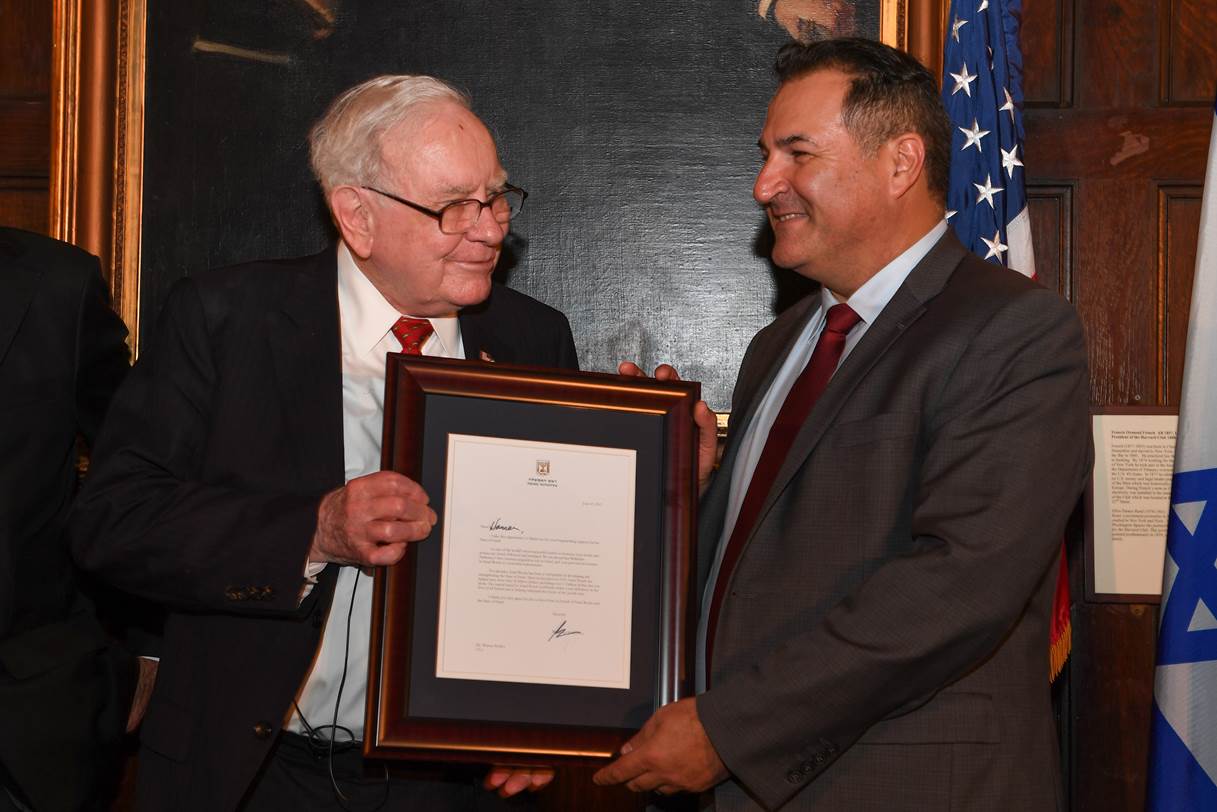
1. **The Formative Years: Cultivating an Entrepreneurial Mindset from Youth**Warren Buffett’s extraordinary journey into the world of business and investing began remarkably early, demonstrating an innate entrepreneurial spirit that blossomed in his formative years. Born in Omaha, Nebraska, in 1930, as the son of U.S. congressman and businessman Howard Buffett, Warren was exposed to the world of commerce from a young age. His curiosity was significantly sparked by a book he borrowed from the Omaha public library at age seven, titled “One Thousand Ways to Make $1000,” a foundational text that seemed to ignite his nascent ambitions.
Much of Buffett’s early childhood was defined by a series of enterprising ventures designed to generate income. He diligently sold chewing gum, Coca-Cola, and weekly magazines door to door, honing his salesmanship and understanding of consumer demand. He also gained valuable experience working in his grandfather’s grocery store, where he likely observed the mechanics of small business operations firsthand. Even while still in high school, his industriousness was evident, as he made money delivering newspapers, selling golf balls and stamps, and detailing cars, among other means, showcasing a diverse array of income-generating activities.
His early financial savvy was even reflected in his first income tax return in 1944, where he notably took a $35 deduction for the use of his bicycle and watch on his paper route, a small but telling detail about his meticulous approach to finances. One particularly illustrative early business venture involved a pinball machine. In 1945, as a high school sophomore, Buffett and a friend spent $25 to acquire a used pinball machine, which they strategically placed in a local barber shop.
This initial success quickly expanded; within months, they owned several machines situated in three different barber shops across Omaha, demonstrating his ability to scale a profitable idea. They later sold the thriving business to a war veteran for $1,200, realizing a significant return on their initial investment. His interest in the stock market and investing also dated back to his schoolboy days, which he often spent in the customers’ lounge of a regional stock brokerage near his father’s own office. His father, Howard, actively cultivated young Warren’s curiosity, even taking him to visit the New York Stock Exchange when he was just 10 years old. At 11, Warren made his very first stock purchase, buying three shares of Cities Service Preferred for himself and another three for his sister, Doris Buffett. By 15, he was making more than $175 monthly delivering Washington Post newspapers. In high school, he invested in a business owned by his father and bought a 40-acre farm, worked by a tenant farmer, when he was 14 years old with $1,200 of his savings. By the time he finished college, this remarkable dedication had allowed him to amass $9,800 in savings, an amount equivalent to approximately $130,000 in today’s money.
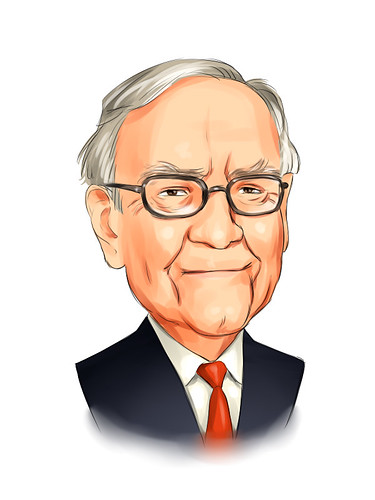
2. **The Foundation of Value Investing: Benjamin Graham’s Profound Influence**The intellectual bedrock of Warren Buffett’s investment philosophy was meticulously laid during his academic pursuits, particularly through the mentorship of the legendary investor Benjamin Graham. Buffett initially matriculated at the Wharton School of the University of Pennsylvania in 1947, a path he reluctantly took due to pressure from his father, as he would have preferred to focus directly on his business ventures. After two years at Wharton, where he joined the Alpha Sigma Phi fraternity, he transferred to the University of Nebraska, graduating in 1951 with a Bachelor of Science in Business Administration, specializing in Investment Management.
The turning point in his education, however, came after he was rejected by Harvard Business School in the spring of 1950. Undeterred, Buffett enrolled at Columbia Business School of Columbia University specifically upon discovering that Benjamin Graham, whose seminal work greatly influenced him, taught there. This deliberate choice underscores his laser-like focus on learning from the best. He earned a Master of Science in economics from Columbia in 1951, further solidifying his academic foundation. Following his graduation, Buffett attended the New York Institute of Finance, continuing to deepen his economics background.
It was during his time with Graham that Buffett’s investment philosophy truly crystallized around the concept of value investing. Graham, often regarded as the “father of value investing,” imparted principles that would become the cornerstones of Buffett’s lifelong approach. Buffett himself famously summarized these enduring lessons, stating: “The basic ideas of investing are to look at stocks as business, use the market’s fluctuations to your advantage, and seek a margin of safety. That’s what Ben Graham taught us. A hundred years from now they will still be the cornerstones of investing.” This quote encapsulates the simplicity and timelessness of the wisdom he absorbed.
After completing his studies, Buffett sought to work directly under Graham. From 1951 to 1954, he worked at his father’s firm, Buffett-Falk & Co., as an investment salesman. Then, from 1954 to 1956, he joined Graham-Newman Corp. as a securities analyst, where he worked closely with Walter Schloss, another prominent value investor. Graham was famously adamant that stock picks should always provide a wide margin of safety, carefully weighing the trade-off between a stock’s market price and its intrinsic value. Buffett, in his eagerness, even offered to work for Graham for free, an offer Graham initially refused, though he later accepted him into his partnership with a starting salary of $12,000 a year, equivalent to about $141,000 today. When Benjamin Graham retired and closed his partnership in 1956, Buffett, having absorbed Graham’s wisdom and amassed significant personal savings, was ready to embark on his own remarkable investment journey, carrying forward the torch of value investing.
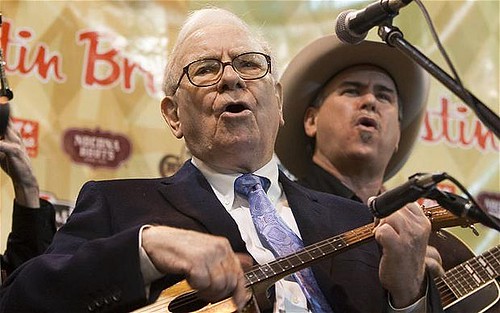
3. **The Genesis of Genius: Establishing the Buffett Partnership Ltd.**Upon Benjamin Graham’s retirement in 1956, Warren Buffett, armed with a profound understanding of value investing and a substantial personal savings of over $174,000 (equivalent to approximately $2.01 million today), returned to Omaha. This marked a pivotal moment, as he decided to apply his rigorously cultivated investment philosophy independently, leading to the rapid establishment of a series of investment partnerships. These partnerships would become the crucible in which his legendary investment strategies were refined and demonstrated.
Initially, Buffett began by operating three distinct investment partnerships in 1957. His astute application of value investing principles quickly yielded success, allowing these ventures to flourish. By 1959, the total number of partnerships under his management had grown significantly to six, reflecting the confidence investors placed in his capabilities and the compelling returns he was generating. It was during the summer of 1959 that Buffett was introduced to his future long-time business associate and partner, Charlie Munger, during a business luncheon at The Omaha Club, a relationship that would profoundly shape the future of Berkshire Hathaway.
The success of these early partnerships was undeniable and rapid. By 1962, Buffett had solidified his status as a millionaire, a direct result of the impressive performance of his expanding investment ventures. At that point, his partnerships had collectively grown to include 11 distinct entities, holding nearly $7.2 million in assets. Of this considerable sum, more than $1,025,000, which is equivalent to approximately $10,650,000 in 2024, belonged directly to Buffett, underscoring his personal financial growth and the efficacy of his investment approach.
To streamline operations and consolidate his investment efforts, Buffett merged the various partnerships into a single, cohesive entity at the start of 1962: Buffett Partnership, Ltd. This unified structure would serve as his primary investment vehicle for the remainder of that decade, allowing for more focused management and strategic allocation of capital. The establishment and consolidation of Buffett Partnership, Ltd. were crucial steps, demonstrating Buffett’s evolving business acumen and setting the stage for the groundbreaking transformation of Berkshire Hathaway, which he would soon acquire.
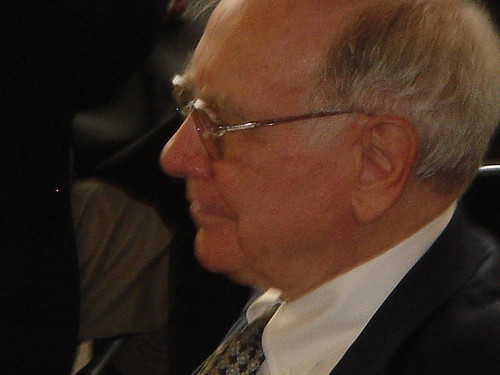
4. **Transforming a Textile Mill: The Metamorphosis of Berkshire Hathaway**One of the most remarkable chapters in Warren Buffett’s career involves the acquisition and subsequent transformation of Berkshire Hathaway, a decision he later famously described as his “worst trade” in its initial textile form, yet one that paradoxically became the cornerstone of his diversified holding company. Buffett began accumulating shares in the struggling New England textile manufacturing company from its owner, Seabury Stanton, whose policy disagreements led to his eventual departure. Buffett’s partnerships commenced their purchases at $7.60 per share, recognizing the underlying value.
The aggressive accumulation of Berkshire Hathaway shares by Buffett’s partnerships truly intensified in 1965. At this juncture, they were paying $14.86 per share for a company that possessed working capital of $19 per share, not even accounting for the intrinsic value of its fixed assets like factories and equipment. This was a classic value investing play, identifying a business trading below its liquidation value. Buffett strategically gained control of Berkshire Hathaway at a board meeting and promptly appointed Ken Chace as the new president to manage the textile operations.
Despite the initial promise of a cheap asset, the textile business proved to be a challenging and capital-intensive endeavor. Buffett frequently characterized it as a drain on capital, explaining his later regret about keeping it operational for as long as he did. The inherent difficulties in the industry led him to close the partnership to new money in 1966, a decision aimed at preserving capital and focusing on more promising opportunities. Ultimately, the last of the mills that constituted Berkshire Hathaway’s original core business was sold in 1985, signaling a complete pivot away from textile manufacturing.
The true genius of this acquisition, however, lay not in the textile business itself, but in Buffett’s ability to repurpose the corporate shell. He astutely moved the business into the insurance sector, which provided a stable flow of capital that could be reinvested. This strategic pivot allowed Berkshire Hathaway to evolve from a struggling textile manufacturer into the diversified holding company that it is today. By 1970, Buffett had assumed the roles of chairman and majority shareholder, cementing his vision and control over the entity that would become one of America’s foremost holding companies and a leading corporate conglomerate globally.
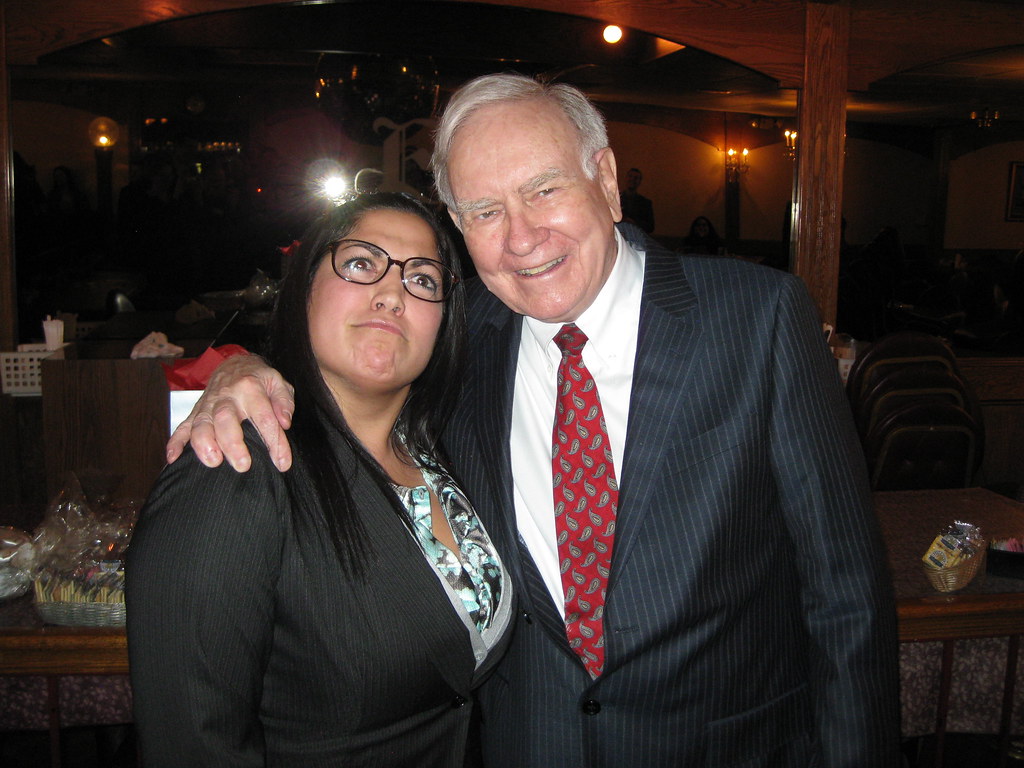
5. **Activist Investor Tactics: The Sanborn Map Company Masterclass**Warren Buffett’s astute application of activist investing, a strategy he employed to unlock significant value in undervalued companies, is brilliantly exemplified by his involvement with the Sanborn Map Company in the early 1960s. In 1961, Buffett revealed that a substantial 35% of his partnership’s assets were strategically invested in Sanborn Map Company, signaling his conviction in its hidden potential. This move was a clear demonstration of his value investing principles in action.
Buffett’s analysis of Sanborn Map Company uncovered a compelling discrepancy: while the company’s stock was trading at only $45 per share in 1958, its underlying investment portfolio alone was valued at $65 per share. This meant, remarkably, that Sanborn’s core map business was being valued by the market at a negative “minus $20.” This kind of irrational market pricing was precisely the inefficiency that Buffett sought to exploit, identifying deep value obscured by traditional business perceptions.
To capitalize on this undervaluation, Buffett adopted an activist stance. He systematically purchased 23% of the company’s outstanding shares, establishing himself as a significant stakeholder. His influence grew further when he secured a seat for himself on the board of directors, gaining an insider’s perspective and a direct voice in the company’s strategic direction. He further solidified his position by allying with other dissatisfied shareholders, collectively controlling 44% of the shares, giving him substantial leverage to effect change.
The pressure exerted by Buffett and his allies ultimately compelled the board to act. To avert a potentially costly and disruptive proxy fight, the board offered to repurchase shares from stockholders at a fair value, funded by a portion of its lucrative investment portfolio. A staggering 77% of the outstanding shares were tendered in response to this offer, allowing many investors to realize the true underlying value. Through this masterful application of activist investing, Buffett reaped an impressive 50 percent return on investment in just two years, solidifying his reputation as a formidable and insightful investor capable of generating extraordinary returns by uncovering and unlocking hidden corporate value.
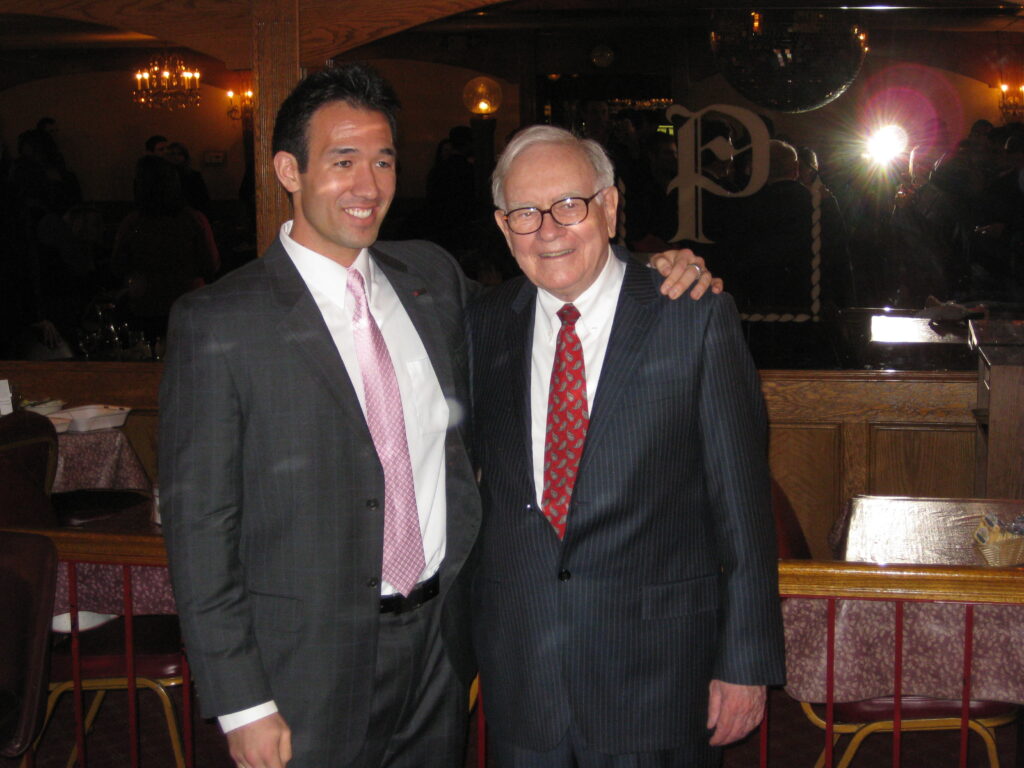
6. **Strategic Diversification: Building a Conglomerate with Media and Insurance**Following the pivotal transformation of Berkshire Hathaway from a textile manufacturer into a holding company, Warren Buffett embarked on a systematic journey of strategic diversification, meticulously building a conglomerate through astute investments in promising sectors such as insurance and media. His foresight in the insurance sector was evident early on; in 1951, he notably discovered that Benjamin Graham, his mentor, was on the board of GEICO insurance. This led him to take a train to Washington, D.C., where he famously knocked on GEICO’s headquarters’ door on a Saturday until a janitor admitted him.
There, he engaged in an hours-long discussion about the insurance business with Lorimer Davidson, GEICO’s vice president, an encounter that profoundly influenced him and led to his first purchase of GEICO stock. Davidson became a lifelong friend and lasting influence, recalling that he recognized Buffett as an “extraordinary man” after only fifteen minutes. This early foray into insurance provided Berkshire with a steady stream of float—money from premiums that could be invested before claims were paid—a critical component of his long-term strategy.
Buffett’s interest in media also became a significant theme in Berkshire’s diversification. In 1973, Berkshire began to acquire stock in the Washington Post Company, a move that not only yielded a strong investment but also fostered a close friendship between Buffett and Katharine Graham, who controlled the company and its flagship newspaper. Buffett subsequently joined its board, further deepening his understanding of the media landscape.
His media ventures expanded with the indirect purchase of the Buffalo Evening News in 1977 for $32.5 million, navigating antitrust challenges from its rival, the Buffalo Courier-Express, until the latter folded in 1982. This demonstrated his long-term view even in competitive markets. More recently, in May 2012, Buffett’s acquisition of Media General, comprising 63 newspapers in the southeastern U.S., was announced, followed by the purchase of the Press of Atlantic City in 2013, making it Berkshire’s 30th daily newspaper. He explained at the 2013 Berkshire shareholders meeting that while he didn’t expect newspaper acquisitions to “move the needle” significantly for Berkshire, he anticipated an annual return of 10 percent, highlighting his pragmatic approach to value.
A further monumental step in diversification occurred in 1979 when Berkshire began acquiring stock in ABC. This culminated in a groundbreaking announcement on March 18, 1985, where Capital Cities announced a $3.5 billion purchase of ABC, a move that surprised the media industry given ABC’s size. Buffett played a crucial role, helping to finance the deal in return for a 25% stake in the newly merged Capital Cities/ABC. This bold investment underscored his ability to identify and capitalize on large-scale opportunities, further cementing Berkshire Hathaway’s position as a truly diversified and powerful conglomerate.
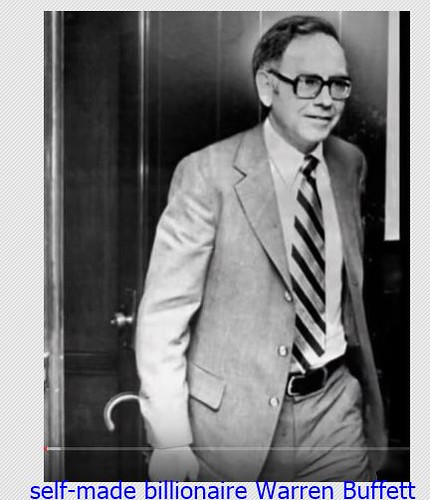
7. **Capitalizing on Conviction: The Enduring Bet on Coca-Cola**Among Warren Buffett’s most celebrated and financially rewarding investment decisions is his substantial and enduring stake in The Coca-Cola Company. This investment, initiated in 1988, serves as a textbook example of his philosophy of investing in strong, understandable businesses with pervasive brand power and durable competitive advantages, often referred to as “moats.” Buffett began systematically buying Coca-Cola stock, recognizing the unparalleled global reach and consistent profitability of the iconic beverage giant.
Over time, Berkshire Hathaway’s accumulation of Coca-Cola shares grew significantly, eventually reaching a formidable 7% of the company’s stock, acquired for a total of $1.02 billion. This was not merely a large investment; it represented a deep conviction in Coca-Cola’s long-term prospects, its ability to consistently generate cash flow, and its resilient consumer appeal across diverse markets worldwide. It epitomized Buffett’s belief in holding excellent businesses for the long term.
The investment in Coca-Cola proved to be one of Berkshire’s most lucrative, yielding immense capital appreciation and a consistent stream of dividends over decades. It remains a core holding in Berkshire Hathaway’s portfolio to this day, a testament to the power of patient, high-conviction investing. Even as the stock market experienced various cycles, including Coca-Cola’s peak at $86 in 1998, Buffett’s confidence in the company did not waver.
This unwavering commitment highlights a key aspect of his investment temperament: the ability to weather market fluctuations by focusing on the underlying business fundamentals rather than short-term price movements. Buffett eloquently articulated the challenge of market timing in Berkshire’s 2004 annual report, stating: “That may seem easy to do when one looks through an always-clean, rear-view mirror. Unfortunately, however, it’s the windshield through which investors must peer, and that glass is invariably fogged.” This perspective underscores the difficulty of knowing precisely when to sell, and his preference for simply holding great businesses. Furthermore, as an avid Coca-Cola drinker and a significant shareholder, Buffett personally endorsed the brand in 2017 by agreeing to have his likeness placed on Cherry Coke products in China, an advertisement for which he received no compensation, showcasing his genuine affinity and belief in the product.

8. **Navigating the 2007–08 Financial Crisis**The global financial meltdown of 2007–08 presented an unprecedented test for Warren Buffett and Berkshire Hathaway. While some initially criticized his early capital allocation, Buffett’s approach underscored his conviction in American resilience. He famously urged confidence with his 2008 New York Times opinion piece, “Buy American. I am.”, a powerful statement to a shaken market, viewing the downturn as “poetic justice.” Despite this, Berkshire Hathaway experienced a 77% drop in earnings during Q3 2008, and some deals incurred substantial mark-to-market losses.
Yet, Buffett deployed capital when others recoiled, often securing favorable terms. On September 23, 2008, Berkshire acquired a 10% stake in Goldman Sachs perpetual preferred stock, a critical lifeline. He also played an instrumental role in Dow Chemical’s $18.8 billion takeover of Rohm & Haas, providing $3 billion and becoming the largest single shareholder. His strategic moves continued with an agreement to buy General Electric (GE) preferred stock, a deal including options and a 10% dividend. While some personal portfolio divestments raised questions, Buffett emphasized the difficulty of market timing, as eloquently stated in Berkshire’s 2004 annual report: “That may seem easy to do when one looks through an always-clean, rear-view mirror. Unfortunately, however, it’s the windshield through which investors must peer, and that glass is invariably fogged.”
This period saw him invest $2.6 billion in Swiss Re and acquire Burlington Northern Santa Fe Corp. (BNSF) for $34 billion, diversifying Berkshire from financials. Although he admitted being “dead wrong” on his ConocoPhillips divestment, he later surprisingly purchased 64 million shares of IBM for about $11 billion. His capacity to navigate extreme economic uncertainty, inject confidence, and strategically position Berkshire Hathaway cemented his reputation as a master capital allocator during this crisis.
Read more about: Unveiling California’s Enduring Grandeur: A Journey Through History, Innovation, and Natural Wonders
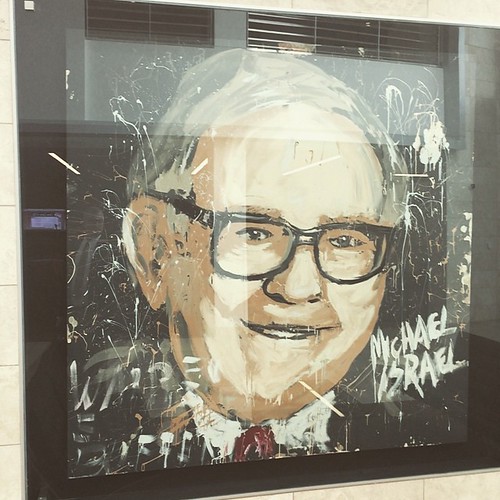
9. **Challenging Market Dogma: The “Superinvestors of Graham-and-Doddsville”**Warren Buffett has consistently challenged the academic efficient-market hypothesis, which suggested that consistently beating the S&P 500 was “pure chance.” His influential article, “The Superinvestors of Graham-and-Doddsville,” served as a powerful rebuttal, arguing that a disciplined, value-investing approach could yield superior, repeatable results over the long term, rooted in fundamental analysis.
He substantiated his argument by showcasing the remarkable performance of several investors adhering to Benjamin Graham’s principles. He named figures like Walter J. Schloss, Tom Knapp, Ed Anderson (Tweedy, Browne LLC), William J. Ruane (Sequoia Fund), Charlie Munger, Rick Guerin (Pacific Partners Ltd.), and Stan Perlmeter (Perlmeter Investments). Their collective track record provided compelling evidence that focusing on intrinsic value, demanding a “margin of safety,” and leveraging market fluctuations could consistently generate returns surpassing broader market averages.
Buffett’s essay remains a cornerstone of value investing literature, proving that intellectual rigor and patience triumph over fleeting market fads, leading to exceptional investment success by directly refuting the efficient-market hypothesis.
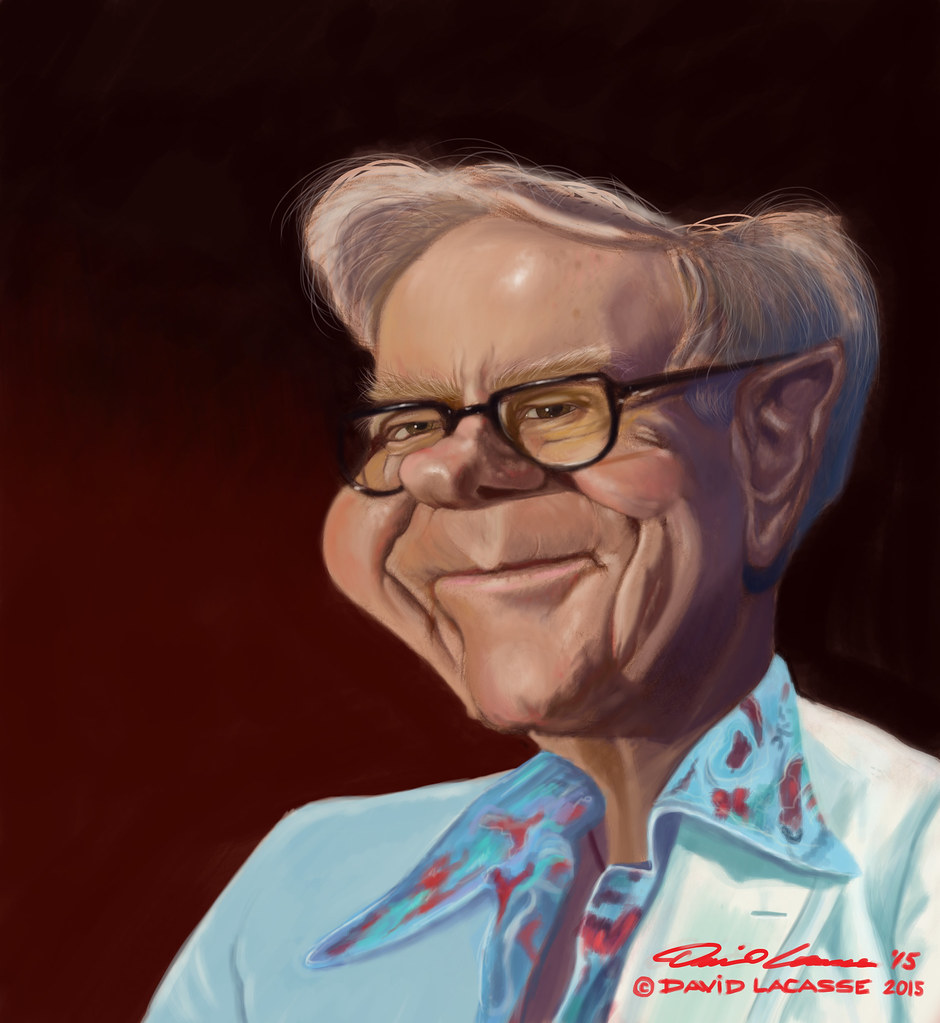
10. **The Case for Simplicity: Advocating for Index Funds**Despite his unparalleled success as an active investor, Warren Buffett has consistently championed a remarkably simple strategy for most investors: low-cost index funds. His advocacy stems from deep skepticism regarding active management’s ability to consistently outperform the market over the long term, especially once substantial fees are factored in. Buffett’s advice highlights his concern for the average investor’s returns, noting that high fees often benefit managers more than clients.
He views index funds as an efficient, democratic means for investors to participate in market growth without incurring significant expenses. For those not interested in actively managing their money, or lacking the time, Buffett explicitly advises moving money to low-cost index funds that track broad, diversified stock market indices.
To demonstrate this, Buffett famously wagered in 2007 that a simple S&P 500 index fund would outperform a selection of actively managed hedge funds over a decade. By 2017, the index fund had decisively won, powerfully illustrating his philosophy: a diversified, low-cost approach often outshines sophisticated, high-cost strategies, ensuring investors keep more of their gains.
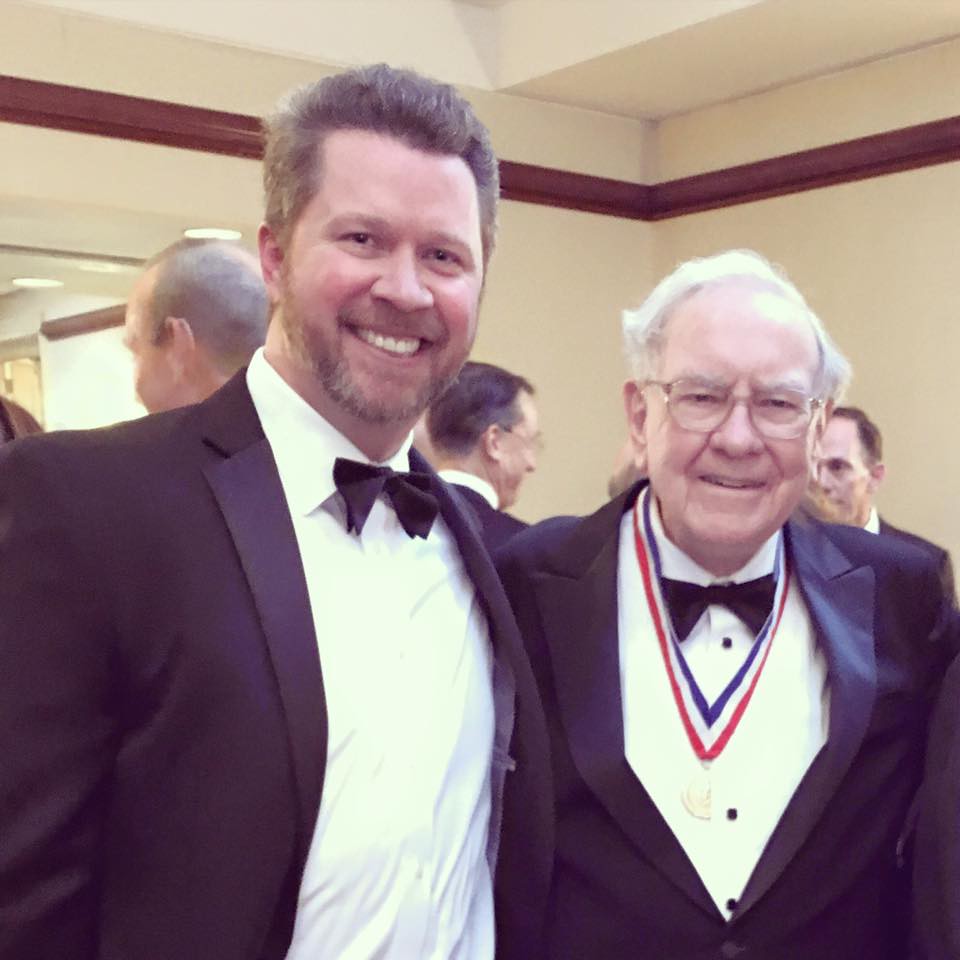
11. **A Billionaire’s Frugality: Living by Principle**Despite an estimated net worth of US$160.2 billion as of May 2025, Warren Buffett remains renowned for his unwavering commitment to frugality, a lifestyle sharply contrasting with typical displays of extreme wealth. His modest approach prioritizes enduring value over superficial luxury. A prime example is his Omaha home, purchased in 1958 for US$31,500, where he still resides, exemplifying his reluctance to constantly upgrade.
His annual salary as CEO of Berkshire Hathaway has also been notably small, around $100,000, even compared to senior executive compensation in much smaller companies. This underscores his belief that leadership worth isn’t defined by excessive personal remuneration. His daily habits further illustrate this simplicity: in 2006, he carried no mobile phone, had no computer at his desk, and drove his own car, a Cadillac DTS.
While he later adopted an iPhone and uses Google, his initial resistance highlights a deliberate disengagement from unnecessary modern complexities. Even his private jet purchase for Berkshire, which he wryly named “The Indefensible” before it was renamed “The Indispensable,” was eventually sold prior to mid-1999, demonstrating a pragmatic adjustment to remain grounded. His consistent personal frugality proves that immense wealth can coexist with a principled, grounded way of living.
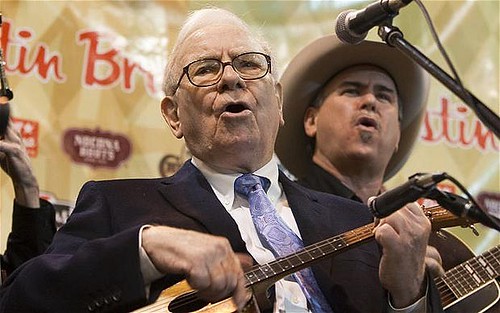
12. **The Philanthropic Giant: Pledging 99% of His Fortune**Beyond his investment prowess, Warren Buffett is equally celebrated for his extraordinary commitment to philanthropy, having long intended to give away the vast majority of his immense fortune. In June 2006, he announced a groundbreaking plan to donate 83% of his Berkshire Hathaway holdings to five foundations, with the largest portion directed to the Bill & Melinda Gates Foundation (BMGF). This monumental pledge, initially valued at approximately $30.7 billion, marked the largest charitable donation in history and established Buffett as a leading figure in philanthrocapitalism.
This colossal commitment is meticulously structured with specific conditions, ensuring its enduring impact: Bill or Melinda Gates must remain active in the BMGF, the foundation must qualify as a charity, and each year, the BMGF must disburse a substantial amount equal to the prior year’s Berkshire gift plus the additional 5% of net assets required of all U.S. foundations. This meticulous planning reflects Buffett’s long-term vision not just for wealth creation but for its responsible deployment to address global challenges.
Further solidifying his philanthropic legacy, Buffett co-founded The Giving Pledge in 2010 with Bill Gates, encouraging billionaires to publicly commit to giving away at least half their fortunes. This collaborative approach underscores his belief in the amplified power of philanthropy. A core tenet of Buffett’s philanthropic outlook is his view on inheritance. He famously stated that his children will not inherit a significant proportion of his wealth, explaining, “I want to give my kids just enough so that they would feel that they could do anything, but not so much that they would feel like doing nothing.” This philosophy ensures his children are empowered, while the bulk of his fortune is channeled toward broader societal benefit, demonstrating a profound sense of responsibility.
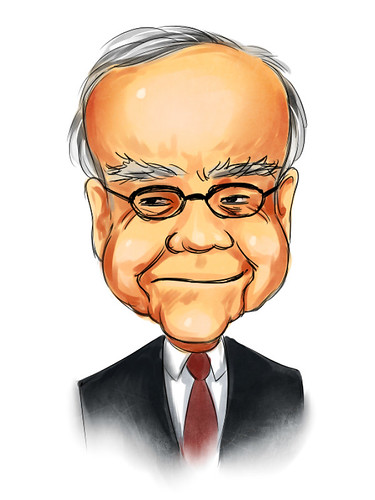
13. **The “Woodstock of Capitalism”: Buffett’s Unique Communication Style**Warren Buffett is not merely an astute investor; he is also celebrated as a master communicator, captivating audiences with a distinctive style blending profound business insights with folksy humor. His annual reports and, particularly, his letters to shareholders are eagerly anticipated events, transcending typical corporate disclosures to become highly readable masterclasses in business and investing. These writings are renowned for their clarity, directness, and engaging narrative.
His communication style is often characterized by a rich tapestry of literary and cultural references, from quotations drawn from the Bible to the wit of Mae West, reflecting a broad intellectual curiosity. This approach makes complex financial concepts accessible to a diverse audience, fostering a deeper understanding of Berkshire Hathaway’s operations and Buffett’s investment philosophy. He ensures his insights are informative and genuinely enjoyable, a rare feat in corporate communication.
The highlight of this unique approach is Berkshire Hathaway’s annual shareholder meeting, affectionately dubbed the “Woodstock of Capitalism.” Held each year at the Qwest Center in Omaha, Nebraska, this event draws over 20,000 visitors globally. It transforms a standard corporate gathering into a lively, interactive forum where Buffett, often accompanied by Charlie Munger, answers shareholder questions for hours, offering unscripted insights, market commentary, and plenty of laughs. This level of transparency and engagement is virtually unparalleled.
Buffett’s commitment to education extends beyond his shareholders; he collaborated with Andy Heyward on an animated series called “Secret Millionaires Club.” Featuring Buffett and Munger, the series teaches children healthy financial habits, embodying his belief in early financial literacy. This initiative solidifies his image not just as a CEO but as a beloved teacher and storyteller.
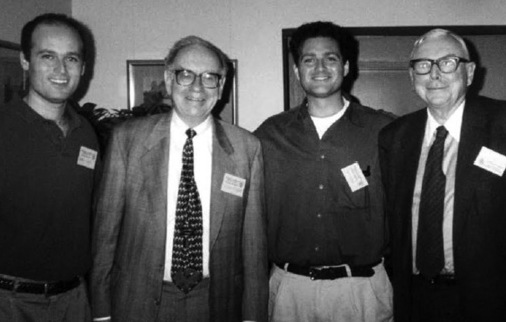
14. **Securing the Future: Berkshire Hathaway’s Succession Plan**A critical aspect of any enduring enterprise, especially one as vast and influential as Berkshire Hathaway, is the thoughtful planning of its leadership succession. For years, the question of who would eventually succeed Warren Buffett as CEO was constant speculation, given his advanced age and his central role in the company’s identity and success. Buffett, ever the pragmatist, has consistently addressed this matter, ensuring a clear path for the company’s future and continuity of its unique culture and investment principles.
In 2007, Buffett explicitly announced in a letter to shareholders that he was actively searching for a younger successor, or perhaps successors, to eventually take the reins of his investment business. This early communication established a deliberate and well-considered transition process, designed to provide stability and confidence to investors and employees alike. The goal was never to replace Buffett’s personality, but rather to ensure the perpetuation of the rigorous, long-term-focused approach that defines Berkshire Hathaway.
The long-anticipated announcement came at Berkshire Hathaway’s investor conference on May 3, 2025. Buffett formally requested that the board appoint Greg Abel to succeed him as the company’s chief executive officer by the end of the year. This decision signaled a clear direction for the conglomerate’s operational leadership. Abel was subsequently confirmed as president and CEO, effective January 1, 2026, a move designed to ensure a smooth transition at the very top of the organization.
Crucially, even with Abel assuming the CEO role, Buffett is slated to remain as chairman of Berkshire Hathaway. This arrangement allows for the continued benefit of his unparalleled wisdom and oversight, maintaining a vital link to the company’s foundational values and strategic direction. It empowers new leadership for day-to-day operations while ensuring that Berkshire Hathaway, built on principles of value investing and disciplined capital allocation, will continue to thrive well beyond his tenure as CEO, safeguarding its legacy for future generations of shareholders.
As we reflect on Warren Buffett’s incredible journey, from a young entrepreneur with a copy of “One Thousand Ways to Make $1000” to the “Oracle of Omaha,” his story is far more than just a chronicle of wealth accumulation. It is a powerful testament to the enduring strength of fundamental principles: patience, integrity, a relentless pursuit of intrinsic value, and an unwavering belief in the power of the American economy. His influence extends beyond the balance sheets of Berkshire Hathaway, impacting countless lives through his philanthropy and inspiring a generation of investors to look beyond the noise and focus on what truly matters. Buffett’s legacy is not just about the billions he has amassed, but the timeless wisdom he has shared, proving that sound judgment, when consistently applied, can indeed lead to extraordinary and lasting success.



